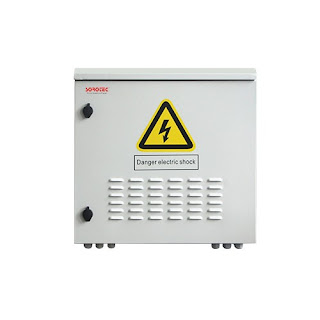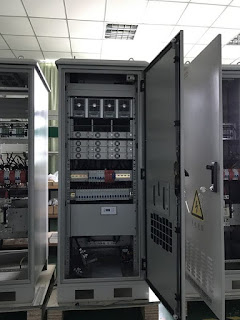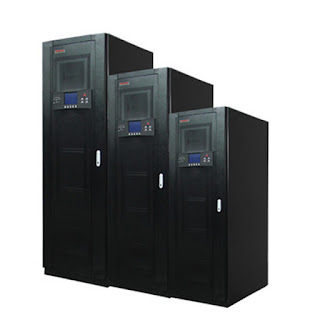48V lithium-ion battery technology

After the development of battery energy storage, electric vehicle, consumer electronics and other industries, the maturity of technology and industry has increased rapidly in the past few years, and the security has been greatly improved, and the price has been greatly reduced at present. Considering its excellent discharge capacity, high temperature resistance, simple maintenance, high energy density and light weight, it is a hot research field in many industries, and it fits the application scene of future data center and can be used to replace the traditional lead-acid battery. Considering its long service life, the cost from ROI is similar to that of lead-acid batteries. 48V lithium battery BBU technology has a lot of research and application in telecom industry and battery module of electric vehicle. It is also mature, and there are many industries and technology, operation data and so on. If a 2U to 3U high 48V battery BBU is installed next to the 48V power supply enclosure of


